Microglia replacement therapy helps treat people with a rare genetic condition called ALSP, suggesting the approach could also work for other neurological disorders like Alzheimer’s
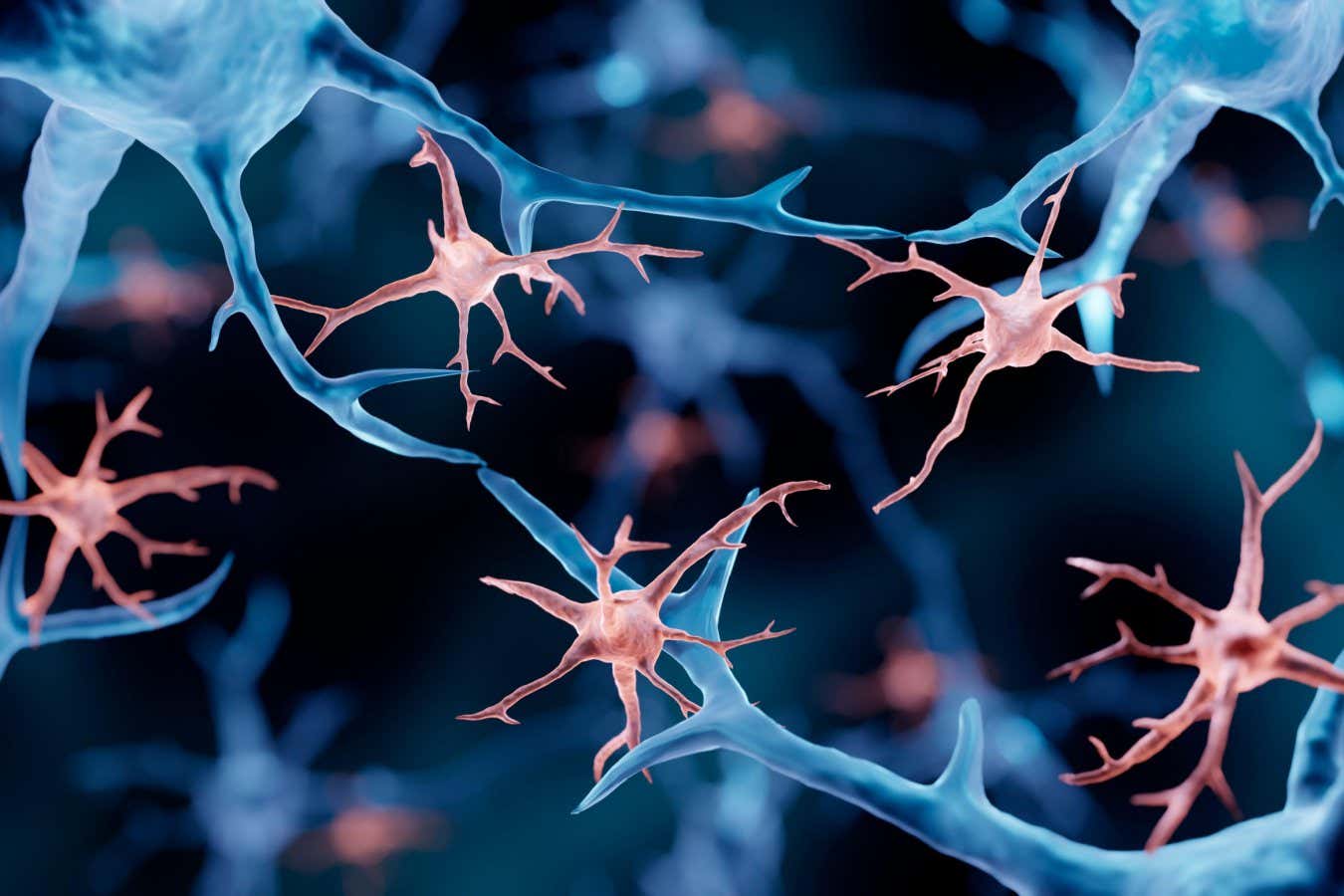

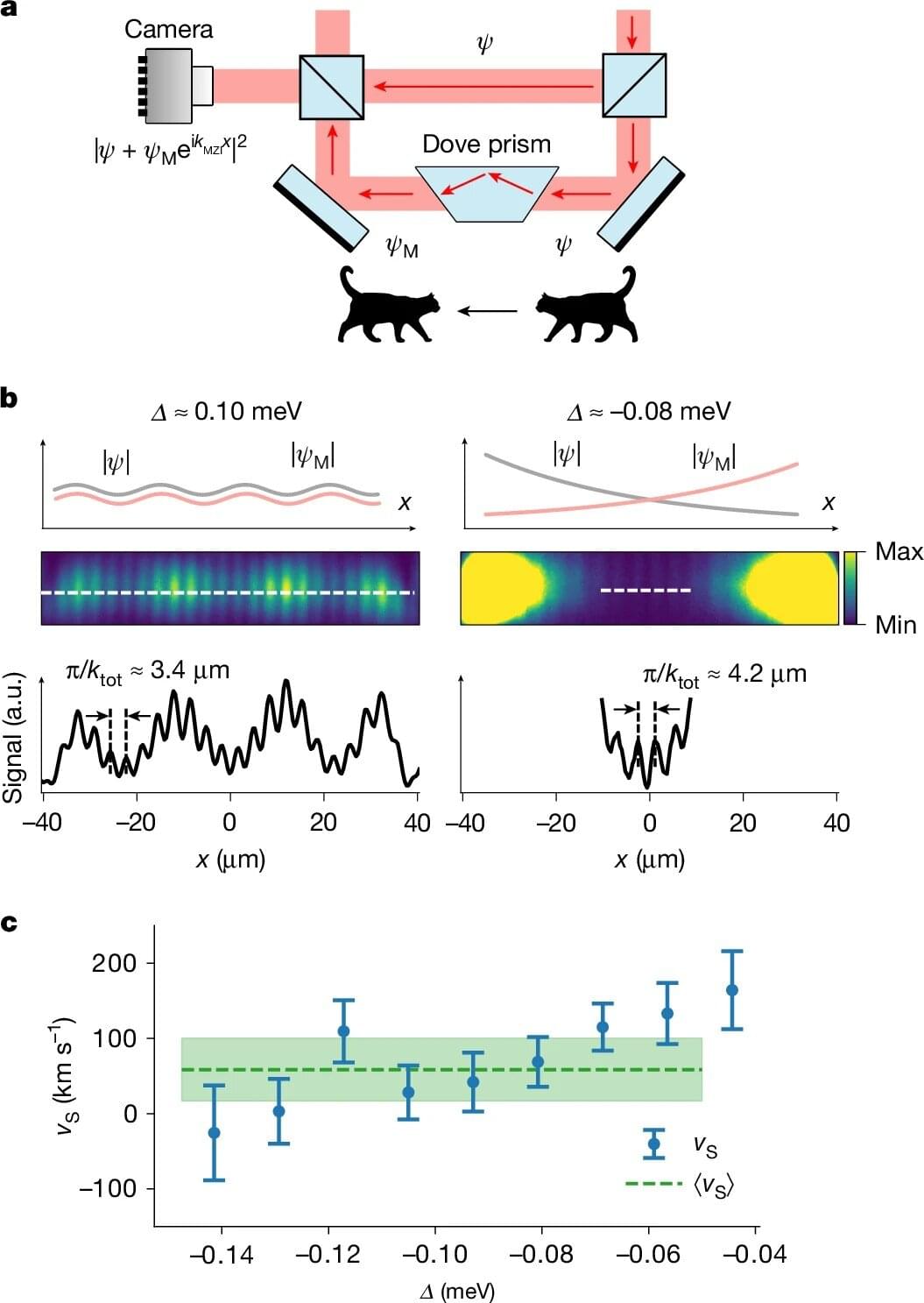
As the photons traveled along the waveguide and tunneled into the barrier, they also tunneled into the secondary waveguide, jumping back and forth between the two at a consistent rate, allowing the research team to calculate their speed.
By combining this element of time with measurements of the photon’s rate of decay inside the barrier, the researchers were able to calculate dwell time, which was found to be finite.
The researchers write, “Our findings contribute to the ongoing tunneling time debate and can be viewed as a test of Bohmian trajectories in quantum mechanics. Regarding the latter, we find that the measured energy–speed relationship does not align with the particle dynamics postulated by the guiding equation in Bohmian mechanics.”

For decades, ferromagnetic materials have driven technologies like magnetic hard drives, magnetic random access memories and oscillators. But antiferromagnetic materials, if only they could be harnessed, hold out even greater promise: ultra-fast information transfer and communications at much higher frequencies—a “holy grail” for physicists.
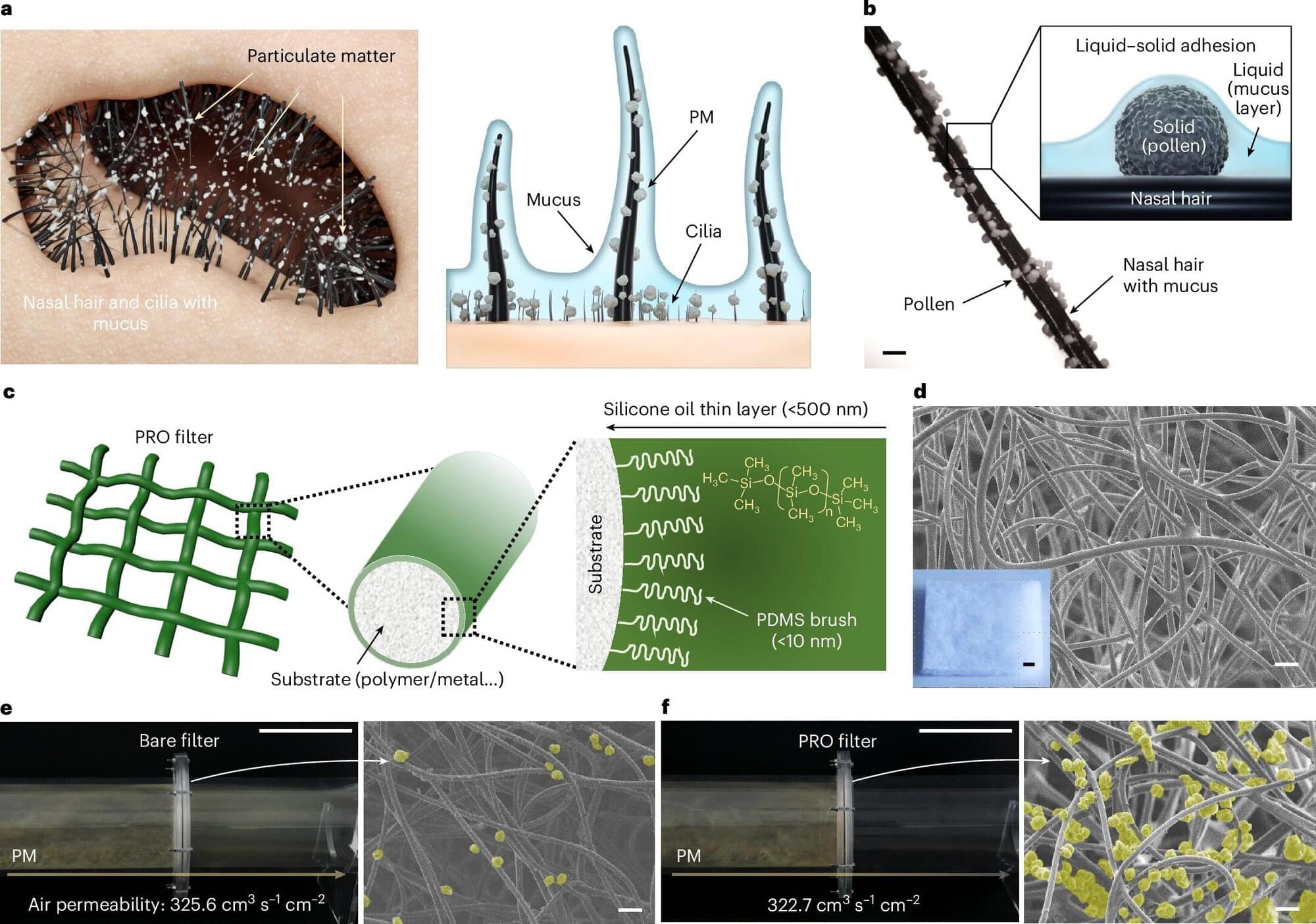
One of the problems of conventional filters used in homes, businesses and public spaces is their poor performance. They rely on weak van der Waals forces to capture particles like dust and pollen, meaning they let a lot of stuff slip through. Nature, however, does the job a whole lot better.
Drawing inspiration from the human body, chemical engineers at Chung-Ang University in South Korea designed an air filtration system that mimics the mucus layer coating nasal hairs.
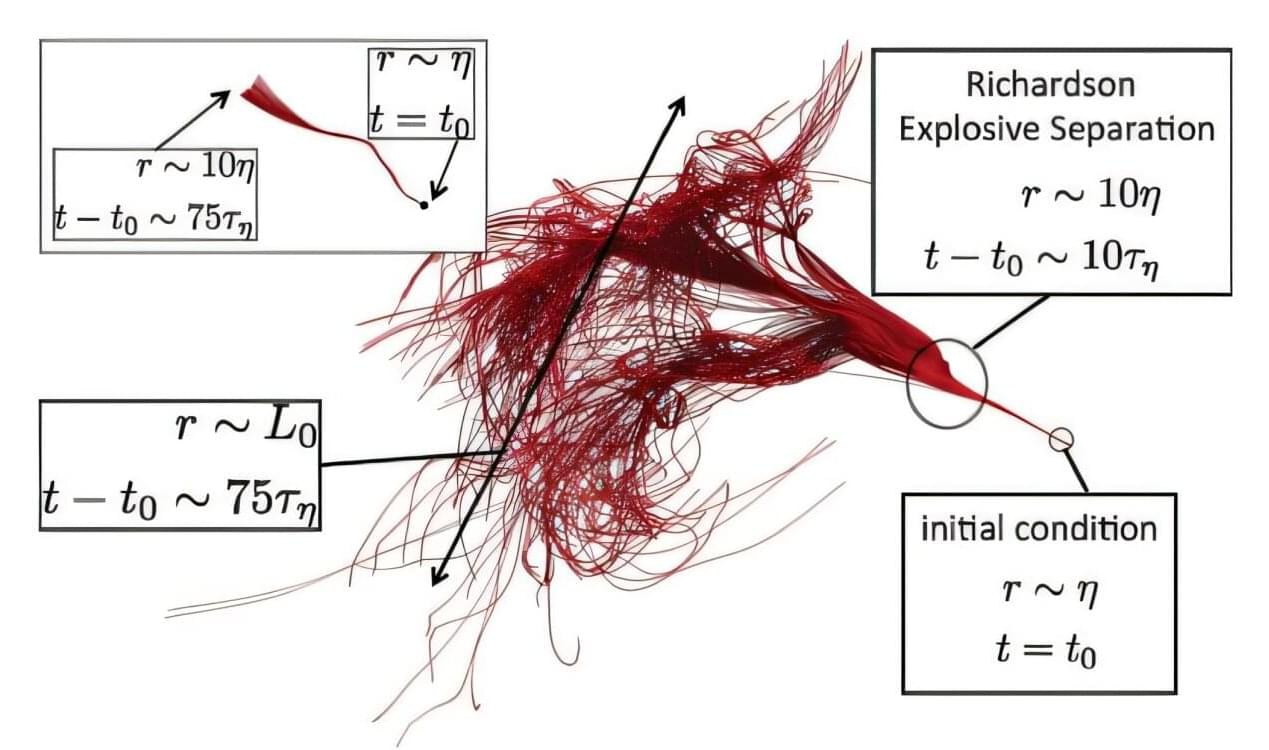
A sneeze. Ocean currents. Smoke. What do these have in common? They’re instances of turbulence: unpredictable, chaotic, uneven fluid flows of fluctuating velocity and pressure. Though ubiquitous in nature, these flows remain somewhat of a mystery, theoretically and computationally.
“Most flows that we encounter in nature are turbulent—it does not matter whether it is the flow outside the airplane that makes us fasten our seatbelts, or the flow in a small stream,” said UC Santa Barbara mathematics professor Björn Birnir.
“Turbulence is difficult to understand because the mathematical models that describe it are nonlinear, stochastic and the solutions are unstable. This made it necessary to develop new theories to truly understand the nature of turbulence.”
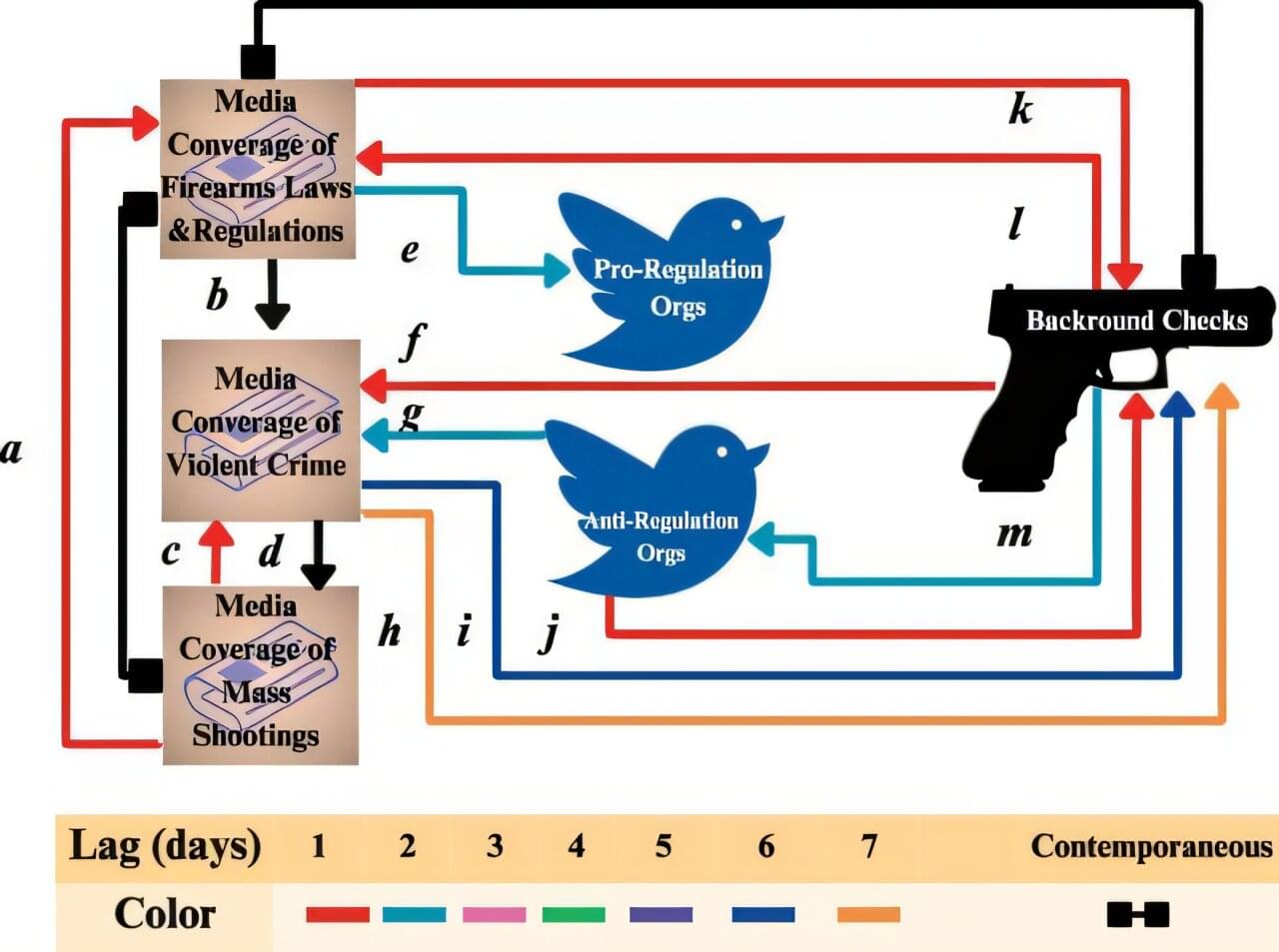
As gun sales in the United States continue to soar, researchers at Georgia State University have uncovered insights into what drives Americans to buy firearms. A new study published in PNAS Nexus journal reveals the complex interaction among media coverage, social media activity and firearm purchases.
Led by Igor Belykh, a Distinguished University Professor of Applied Mathematics at Georgia State, the research team—including Kevin Slote, a Ph.D. student in Georgia State’s mathematics and statistics doctoral program; Kevin Daley, a recent graduate; and co-authors from New York University (NYU) and the New Jersey Institute of Technology (NJIT)—analyzed daily data from 2012 to 2020. Their study explores how gun-rights organizations and regulation advocates influence short-term firearm purchases through social media activity and media coverage.
The study found that social media activity by both sides directly affects gun buying behavior, often triggering purchases within days of posts. Media coverage of violent crime also plays a role, as it spurs discussions among these organizations, further influencing public sentiment toward gun ownership.
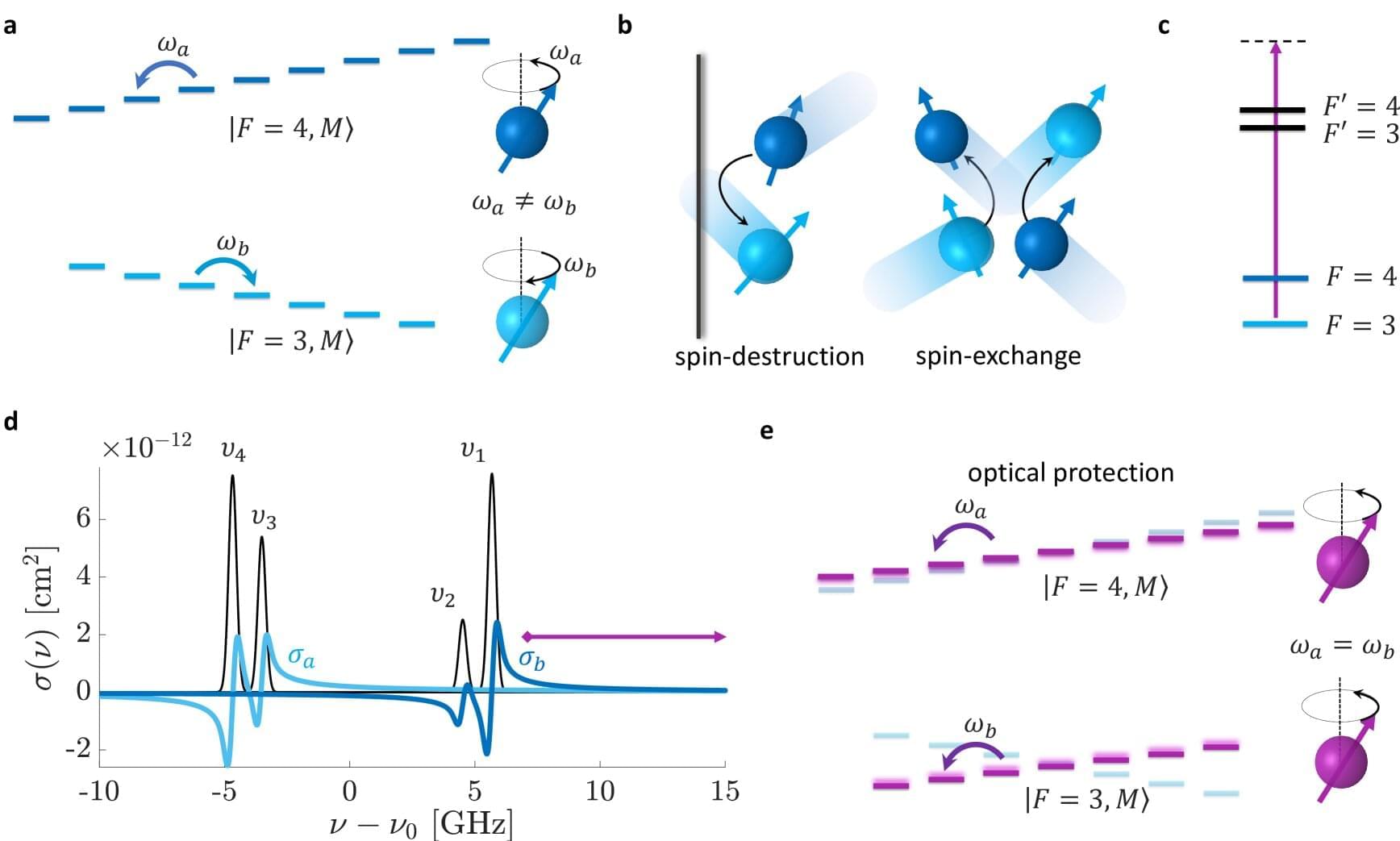
Researchers have discovered a simple yet powerful way to protect atoms from losing information—a key challenge in developing reliable quantum technologies.
By shining a single, carefully tuned laser beam on a gas of atoms, they managed to keep the atoms’ internal spins synchronized, dramatically reducing the rate at which information is lost. In quantum sensors and memory systems, atoms often lose their magnetic orientation —or “spin”—when they collide with each other or the walls of their container.
This phenomenon, known as spin relaxation, severely limits the performance and stability of such devices. Traditional methods to counteract it have required operating in extremely low magnetic fields and using bulky magnetic shielding.

We develop a general framework based on the functional derivative to extract nonlinear dynamical response functions from the temporal evolution of physical quantities, without explicitly computing multipoint correlation functions. We validate our approach by calculating the second-and third-order optical responses in the Rice—Mele model and further apply it to a many-body interacting system using a tensor network method. This framework is broadly applicable to any method that can compute real-time dynamics, offering a powerful and versatile tool for investigating nonlinear responses in dynamical systems.


New research reveals that only the oldest and fastest-sinking oceanic plates can transport water deep into Earth’s mantle, due to the unique heat-transferring properties of the mineral olivine.
Because of the way the mineral olivine conducts heat through radiation, only oceanic tectonic plates that are more than 60 million years old and moving downward at speeds greater than 10 centimeters per year are able to stay cool enough to carry water deep into the Earth’s mantle.
This conclusion comes from a team of researchers at the University of Potsdam and the Helmholtz Centre for Geosciences (GFZ) Potsdam, along with international partners. They reached this finding after measuring how transparent olivine is to infrared light under the extreme pressure and temperature conditions found within the Earth’s mantle. Their study was published in Nature Communications.